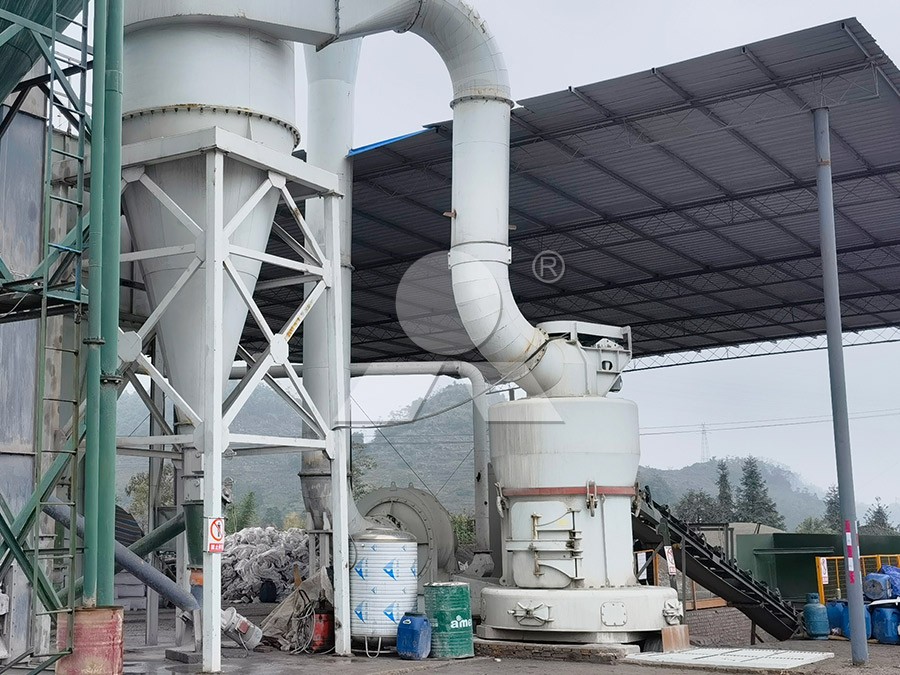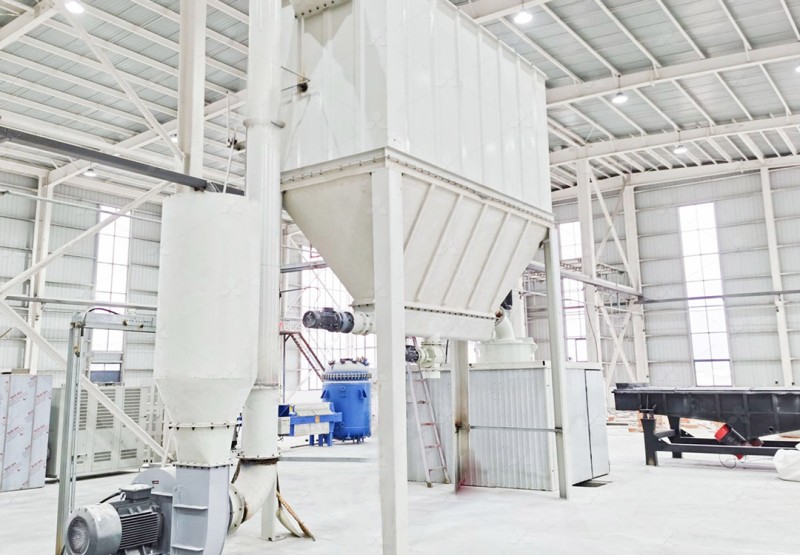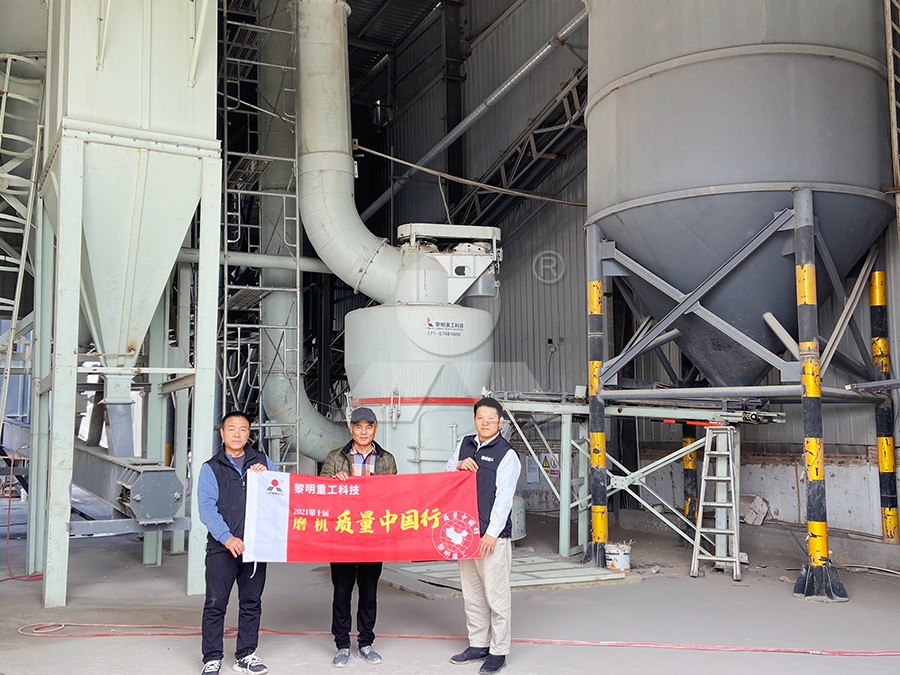Optimizing Cement Grinding in Industrial Production: Key Processes and Equipment
Optimizing Cement Grinding in Industrial Production: Key Processes and Equipment
The cement manufacturing process represents one of the most energy-intensive operations in industrial production, with grinding operations alone accounting for approximately 40% of total electrical energy consumption. Achieving optimal grinding efficiency isn’t merely about reducing costs—it’s about enhancing product quality, minimizing environmental impact, and ensuring operational reliability. As industry demands evolve toward finer cements and more specialized applications, the selection of appropriate grinding technology becomes increasingly critical.

The Evolution of Cement Grinding Technology
Traditional ball mills, while reliable workhorses of the industry, suffer from significant limitations in energy efficiency and particle size control. The transition to vertical roller mills marked a substantial improvement, but recent advancements in ultrafine grinding technology have revolutionized what’s possible in cement production. Modern grinding systems now integrate multiple processes—crushing, drying, grinding, classification, and conveying—into single, streamlined operations that dramatically reduce both footprint and energy consumption.
What separates contemporary grinding solutions from their predecessors is their ability to precisely control particle size distribution while simultaneously addressing environmental concerns. Dust collection, noise reduction, and minimal vibration aren’t afterthoughts but integral design considerations that impact both operational efficiency and regulatory compliance.
Advanced Grinding Solutions for Modern Production
Among the most significant developments in recent years has been the refinement of ultrafine grinding technology. The MW Ultrafine Grinding Mill represents this evolution perfectly, offering production capacities ranging from 0.5 to 25 tph while handling input sizes up to 20 mm. What makes this equipment particularly valuable for cement producers is its remarkable efficiency—delivering 40% higher production capacity than jet mills and stirred mills at equivalent fineness and power consumption levels.

The engineering behind the MW Ultrafine Grinding Mill addresses several persistent challenges in cement production. Its innovative grinding chamber design eliminates rolling bearings and screws entirely, removing common failure points that traditionally cause unscheduled downtime. The external lubrication system enables maintenance without production stoppages, while the German-designed cage-type powder selector provides precise control over product fineness from 325 to 2500 meshes.
For operations requiring even greater precision and specialized capabilities, the LUM Ultrafine Vertical Grinding Mill offers complementary advantages. With its unique roller shell and lining plate grinding curve, the LUM mill generates material layers more effectively, achieving higher finished product rates through single-pass milling. The integration of PLC control systems and multi-head powder separating technology provides unprecedented control over grinding parameters, reducing energy consumption by 30-50% compared to conventional mills.
Practical Considerations for Grinding Optimization
Selecting the appropriate grinding technology requires careful analysis of multiple factors beyond simple capacity requirements. Material characteristics—including moisture content, abrasiveness, and desired fineness—play crucial roles in determining optimal equipment configuration. Equally important are operational considerations such as available footprint, maintenance accessibility, and environmental compliance requirements.
The most successful implementations often combine equipment selection with process optimization. Proper feed preparation, systematic maintenance protocols, and operator training significantly impact overall system performance. Additionally, integrating advanced monitoring and control systems can yield substantial improvements in consistency and efficiency.

Modern grinding systems like the MW Ultrafine Grinding Mill incorporate comprehensive environmental controls as standard features. Efficient pulse dust collectors ensure no dust pollution occurs during operation, while silencers and noise elimination rooms address acoustic environmental concerns. These integrated solutions demonstrate that high production efficiency and environmental responsibility aren’t mutually exclusive objectives.
Frequently Asked Questions
What is the typical energy savings potential when upgrading from traditional ball mills to modern ultrafine grinding systems?
Operations typically realize 30-50% reduction in energy consumption, with some installations achieving even greater savings depending on material characteristics and operational parameters.
How does the absence of rolling bearings in the grinding chamber impact maintenance requirements?
Eliminating these components removes common failure points, significantly reducing unscheduled downtime and extending operational periods between maintenance interventions.
What level of fineness control can be achieved with advanced grinding systems?
Modern systems like the MW Ultrafine Grinding Mill provide adjustable fineness between 325-2500 meshes, with screening rates achieving d97≤5μm in single passes.
How do environmental considerations factor into equipment selection?
Contemporary designs integrate dust collection, noise reduction, and energy efficiency as core design principles rather than add-on features, ensuring compliance with increasingly stringent environmental regulations.
What operational advantages do digital control systems provide?
PLC-based controls enable precise adjustment of grinding parameters, remote monitoring capabilities, and automated operation that reduces operator dependency while improving consistency.
